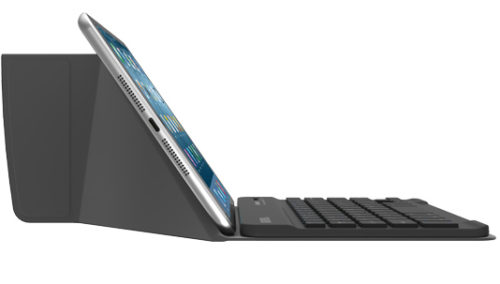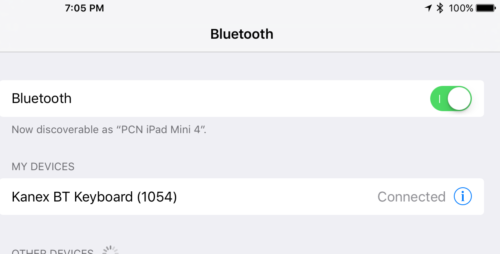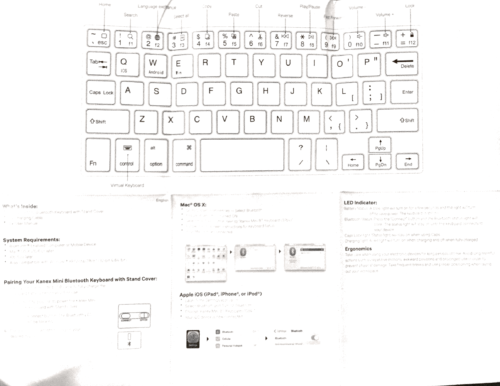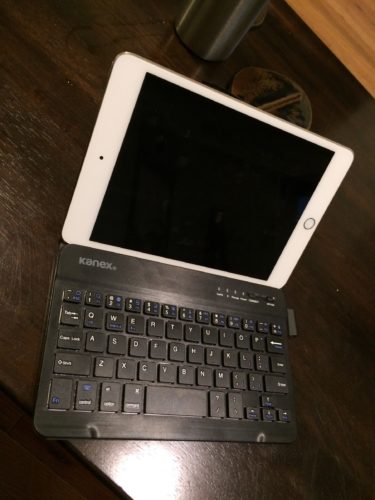If you’re like 99% of the civilized world, you’ve been on a Zoom, WebEx, GotoMeeting, Hangout, Meet, or other similar platform within the last two hours. Even though it’s been just over a year since the first reported case of COVID-19 in the US, I figured it would not hurt to give some folks some best practices on attending online meetings.
Know if Your Camera is On
I recommend cameras on for small meetings. It shows that you are (or are not) engaged. For a large meeting with dozens of people in attendance, don’t turn your camera on if no one else has – just go with the flow. If you’re a manager and you want people to be more engaged, have your staff turn ’em on.
If your camera is on, act accordingly. Don’t be that guy.
Mute if You’re Not Speaking
If you’re a good meeting attendee, and you’re paying attention to what’s going on, you may not need to mute. However, if you’re splitting your attention, typing, using a scratchy microphone, or have background noise (kids, spouses, pets, traffic, smoke detectors, etc.) please mute. And then remember to unmute when you speak. Another reason to keep your camera on – if you forget to unmute, people can helpfully tell you “you’re muted.”
Use a Good Microphone
Lots of people have cheap headsets or use their laptop microphone. Some of these sound absolutely terrible. If your microphone is the kind that hangs by your neck, you’ll likely make a sound like steel wool over a chalkboard every time you turn your head. Laptop mics also tend to have a lot of echo and can sound like you’re very far away. Using your phone for audio is often better. Amazing! A device built for audio calls is better at audio. Most platforms offer an iOS and Android option, and these will usually let you call in over the Internet and via a phone call. Try these if anyone complains of audio quality issues when you’re using a laptop microphone. And if other people on the meeting are complaining about your audio quality, do something about it. Don’t ignore it or just hope it gets better.
Use Do Not Disturb
Another annoyance is the constant buzz or beep of notifications going off in the background. Enable do not disturb or sign out of your email and messaging platforms.
Share Only What You Want
If you’re presenting, share only the application you want everyone else to see. This is safe than sharing your entire screen. Showing up nude when your camera is on is pretty bad. Slightly less embarrassing is getting a pop-up on your screen about how stupid someone else in the meeting is.








 I recently had the opportunity to review the Kanex Mini Bluetooth Keyboard with Stand Cover, and I have to say that I was impressed. Inside the box are the keyboard itself, a magnetic cover (which doubles as a stand for your tablet or phone), and a USB charging cable.
I recently had the opportunity to review the Kanex Mini Bluetooth Keyboard with Stand Cover, and I have to say that I was impressed. Inside the box are the keyboard itself, a magnetic cover (which doubles as a stand for your tablet or phone), and a USB charging cable. Pairing I the keyboard with my iPad Mini 4 was a breeze, as the keyboard appeared immediately in the iPad’s Bluetooth settings. I also paired the keyboard with my iPhone 5S to test, which worked a expected. However, I did have to make a few attempts to re-pair the keyboard with my iPad when I was done experimenting with the iPhone, as pairing with the iPad failed several times until I powered for the keyboard, told the iPad to forget it, and added it back as a new device.
Pairing I the keyboard with my iPad Mini 4 was a breeze, as the keyboard appeared immediately in the iPad’s Bluetooth settings. I also paired the keyboard with my iPhone 5S to test, which worked a expected. However, I did have to make a few attempts to re-pair the keyboard with my iPad when I was done experimenting with the iPhone, as pairing with the iPad failed several times until I powered for the keyboard, told the iPad to forget it, and added it back as a new device.
